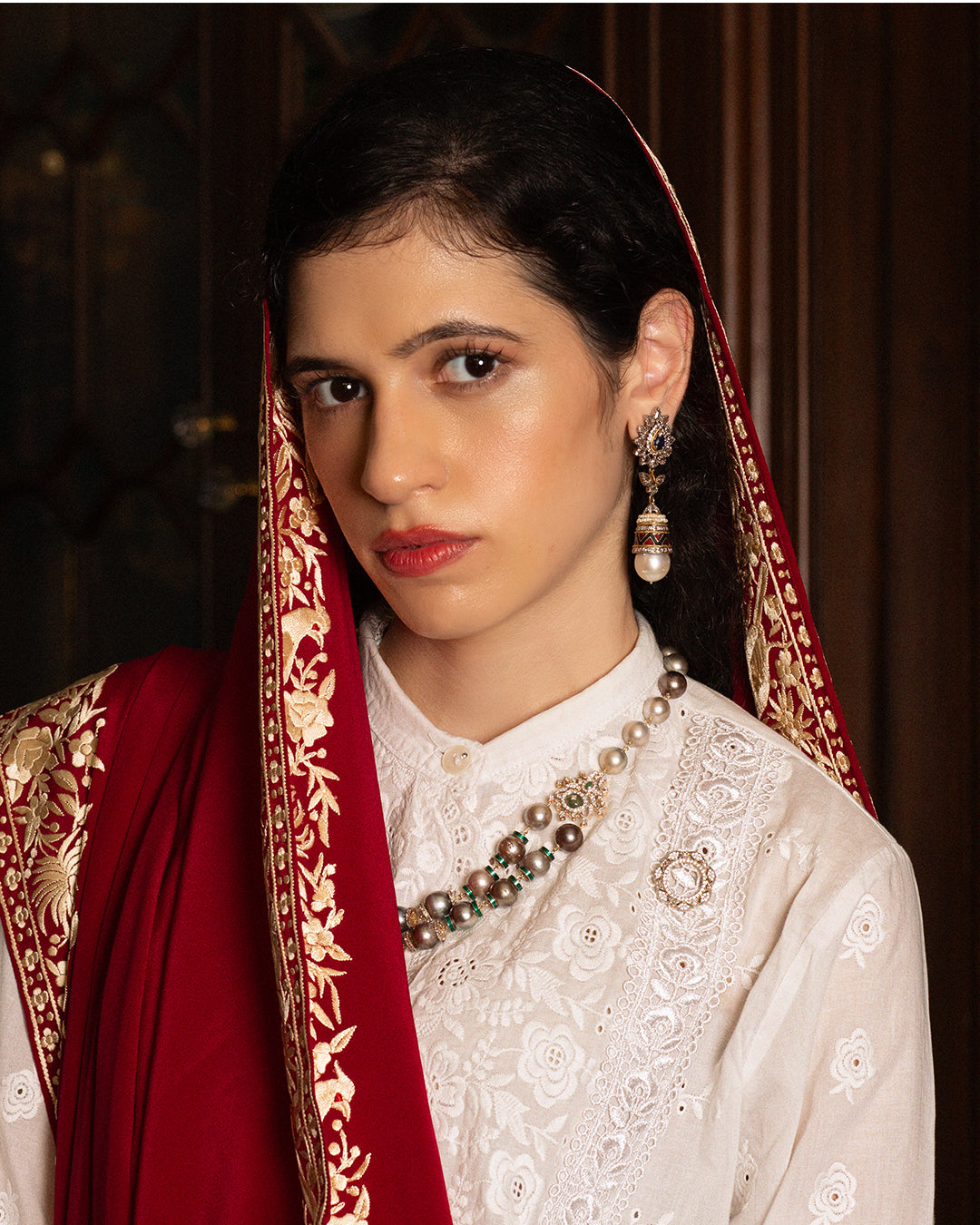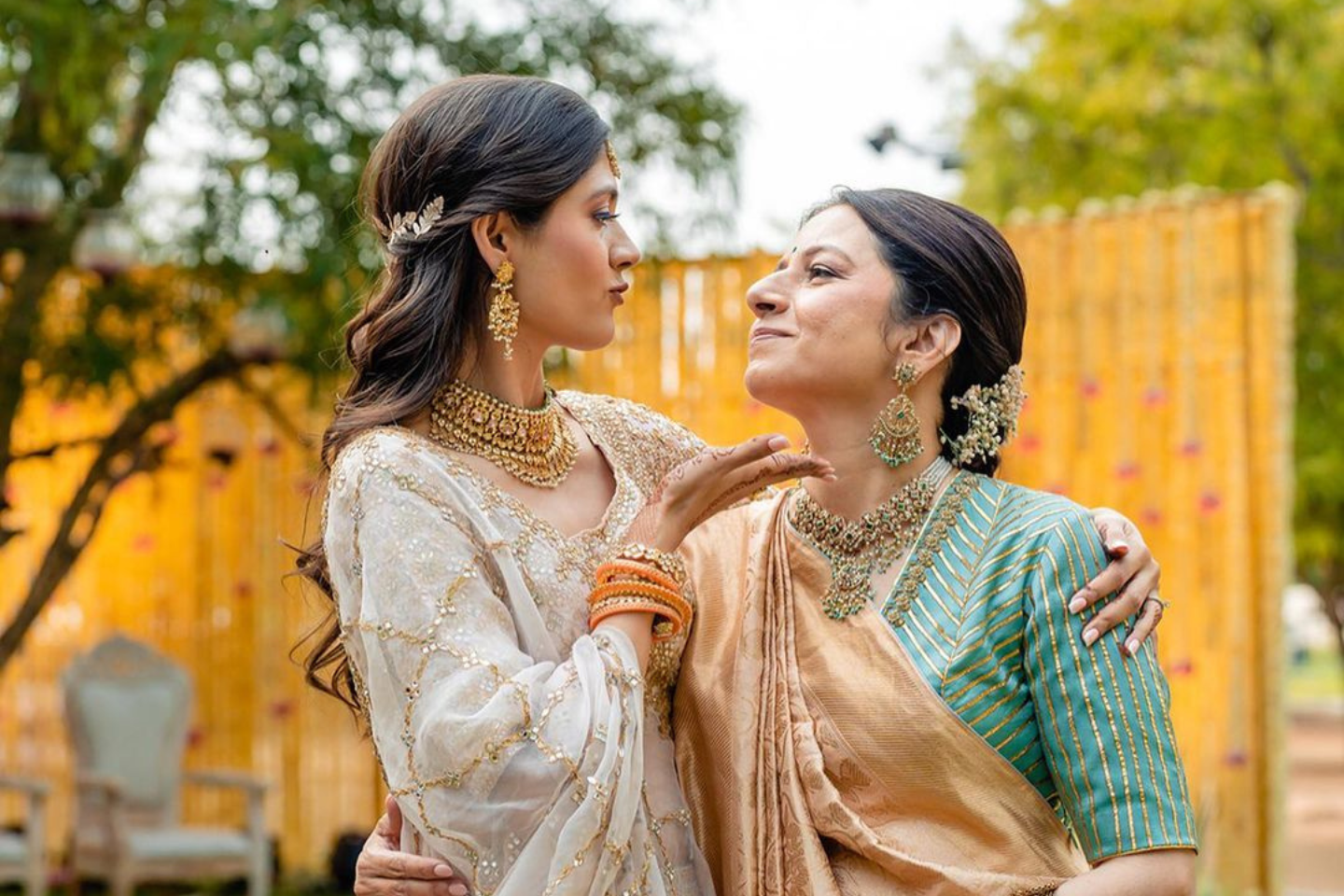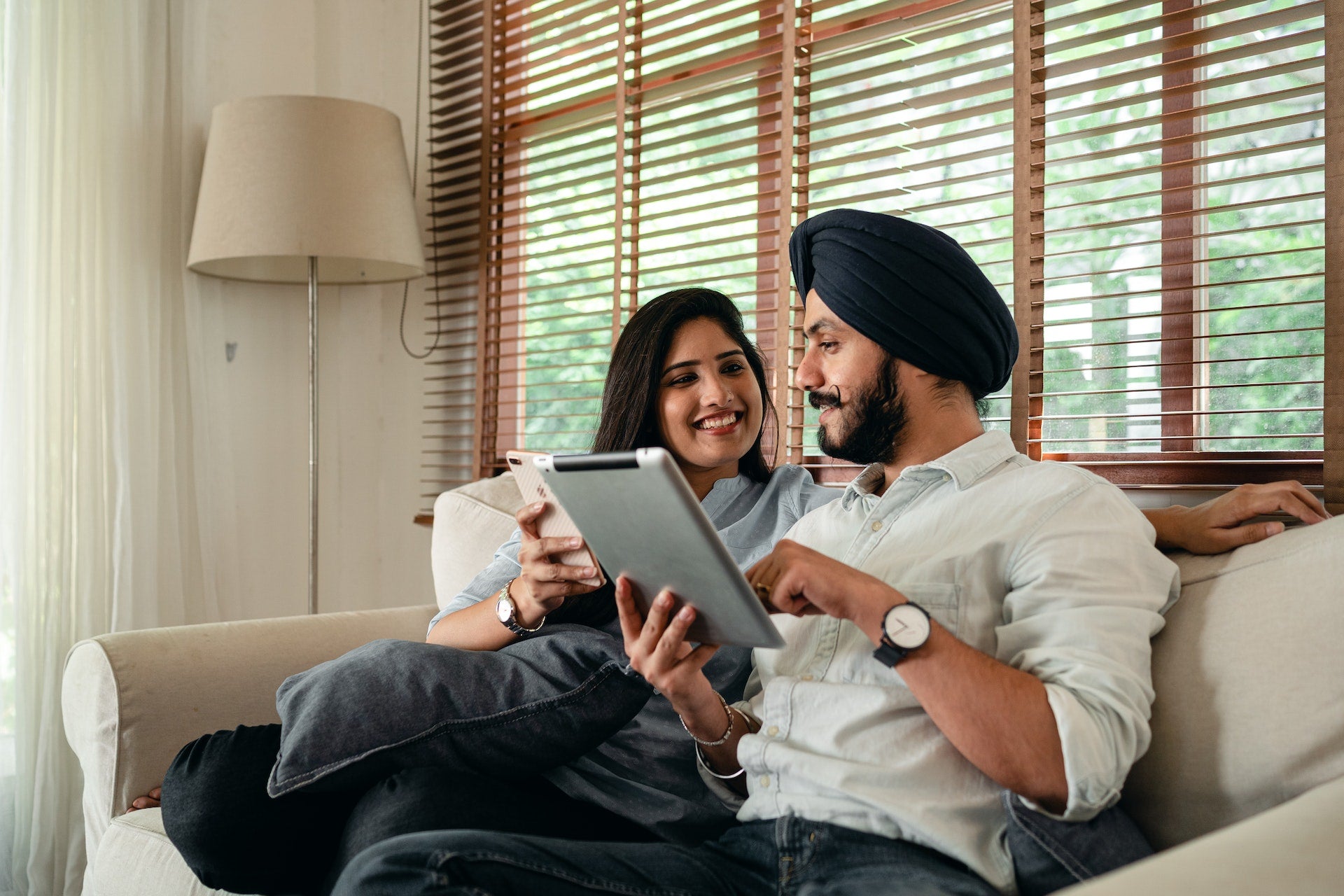Think India, think diversity—a land rich in multifarious cultures, all vibrant and beautiful in their own right. When it comes to weddings also, this diversity is reflected in the varied customs and rituals of different cultures. Each culture has its own set of traditions that make its weddings truly unique. Ultimately, they are a celebration of two people's love, commitment, and union—it is only the manner in which these things are celebrated that is different across different cultures.
Several iconic reel and real weddings have given us insights into the different Indian wedding traditions across different cultures, be it Neha Dhupia’s ethereal wedding that was conducted according to Sikh traditions, or Bipasha Basu's vibrant wedding that happened according to Bengali traditions. But most of the time, these weddings don’t give a window into the smaller but equally important rituals typical to their cultures that perhaps reflect the values of the culture they are part of more than the rest.
Rituals and Customs Typical to Indian Weddings of Different Cultures
From north to south, from east to west—as you change places, cultures change, and so do rituals and customs that are a part of Indian weddings taking place in accordance with each culture. Some of them are known and shared between different cultures while some are very typical and are conducted only in that culture.
Let’s look at a couple of such rituals, some of which you may know of while some might be a pleasant discovery!
Punjabi Wedding Rituals

Image courtesy: Wikimedia Commons
Ghara Gharoli
If you belong to a Punjabi family, you must have witnessed or heard about a ritual called Ghara Gharoli. For those who don’t know about it, it is a ritual where the sister-in-law of the bride prepares her bath by bringing in holy water in a decorated pitcher, known as ghara.
The bride's sister(s) and sister(s)-in-law visit a nearby temple with a decorated pitcher to fill it with holy water. They dance and sing songs called boliyan on their way to the temple. The bride then bathes using this water, which is supposed to be her last bath in her maternal home. The bride dons her bridal attire post the bath. One interesting custom in Punjabi weddings is that the maternal uncle of the bride plays an important role in a lot of rituals. So does he here. After the bath, the bride does not come out on her own. Her maternal uncle (or the son of her maternal uncle) guides her out.
The Ghara Gharoli ritual also takes place on the groom’s side.
Jaago
Jaago is a late-night ritual that is celebrated on the night before the wedding. The women of the house embellish copper or brass vessels, known as khadaa, with clay lamps with mustard oil, called diveh in Punjabi, and light them up. The maternal aunt of the bride or groom then carries it around on her head, dancing and singing folk songs, while another woman carries a long stick with bells and shakes it. The women visit the homes of families and friends where they are greeted with sweets.
Kalire Ceremony
Kalire are an integral part of the bridal jewelry of a Punjabi bride, so much so that they have an entire ceremony dedicated to them, just like the chooda. The family and friends tie the kalire to the bangles as a reminder to remember them after the bride moves to her in-laws' home. Once tied, the bride then shakes her hands, donned with the kalire, over the heads of her unmarried sister(s) and friends. It is believed that the girl on whom a part of the kalira falls will be the next in line to get married.
Sehrabandi
Just like a Punjabi bride’s attire is incomplete without the kalire, a Punjabi groom’s attire is incomplete without the sehra. The sehra is a veil that the sisters, female cousins, and sisters-in-law of the groom tie to his turban, and the ceremony is called Sehrabandi. All of the women sing traditional wedding songs while carrying out the ritual. Women in the family usually perform the ceremony in a hierarchical order based on their relationship with the groom.
Varna
Varna is another ritual typical of a Punjabi wedding ceremony in which the sister-in-law of the groom applies surma (kohl) in the eyes of the groom. This ritual is performed to ward off the evil eye.
Bengali Wedding Rituals

Image courtesy: Wikimedia Commons
Aiburo Bhat
Typical to a Bengali wedding, Aiburo Bhat takes place in the household of both the bride and the groom and includes a meal consisting of their favorite dishes. The phrase translates to the last rice consumed by the person while they are still unmarried. It is usually a large event that kicks off the Bengali wedding festivities. The bride and groom must choose appropriate attire for this occasion.
Ganga Nimontron
Ganga Nimontron is a Bengali wedding tradition to invite Goddess Ganga to the wedding. The mother of the groom performs this ritual and fetches water for use during the wedding rituals at a local water body. Some family members march to the river while blowing conch shells. They carry betel leaves, betel nuts, haldi, or turmeric, as well as a diya. Those who live far from the Ganga can perform the same ritual at a local pond or lake.
Dodhi Mangal
Translating to the daybreak meal, it is a ritual in which the bride and groom are served soaked flattened rice or chuda that has been mixed with mishti doi or sweet yogurt. This is the only proper meal that they would have until their wedding. After that, they are not permitted to consume anything other than sweets and water till they get married.
Shubho Drishti
Shubho Drishti is perhaps the quintessential Bengali wedding ritual. The bride is carried to the chadnatala, or the wedding area, on a low wooden stool, which her brothers hold. She is led in seven circles around the groom while a betel leaf is used to cover her face. The bride and groom take a gander at each other for the first time on their wedding day as she slowly moves the betel leaf away from her face.
Gujarati Wedding Rituals

Image courtesy: GetEthnic
Gol Dhana
Gol Dhana is akin to the engagement ceremony in a Gujarati Indian wedding and takes place at the groom’s house. The words translate to jaggery and coriander seeds and apparently these items are distributed during the event. The bride's family arrives at the groom's house bearing gifts and sweets, and the couple exchanges rings.
Mameru or Mosaalu
This Gujarati wedding ritual takes place at the bride's home, usually a day or two prior to the wedding day. During this ceremony, the bride's maternal uncle pays her a visit and presents her with sweets and gifts such as a saree, jewelry, and other clothing.
Ponkvu
Ponkvu is a fun, light-hearted ceremony unique to a Gujarati Indian wedding. When the groom and the baraat reach the venue, the bride's family greets him. The bride's mother then performs the aarti and applies tika on the groom’s forehead. As he then touches the bride's mother's feet, she tries to grab his nose and pull him inside the venue, which he tries to avoid. Done as a friendly, this custom represents the groom's gratitude and respect that the groom is supposed to give to his mother-in-law.
Chero Pakaryo
Chero Pakaryo is another fun ritual typical of a Gujarati Indian wedding. In this ritual, the groom grasps and pulls the pallu of his mother-in-law’s saree, asking for more gifts. The elders present then fill her pallu with gifts and cash. The gifts are later presented to the groom.
Oriya Wedding Rituals

Image courtesy: Pinterest
Sala Bidha
Sala Bidha is a fun, light-hearted ritual typical of an Oriya Indian wedding in which the brother-in-law punches the groom on the back to remind him of his new commitments and responsibilities to his bride; otherwise, he is answerable to his sala.
Kaduri Khela
Kaduri Khela is a post-wedding ceremony in which the bride and groom play games with kaduri, small white shiny shells. The bride attempts to get the kaduri out of the groom's closed fist. Then the role is switched and the groom next tries to get the kaduri out of the bride’s closed fist.
Sasu Dahi-Pakhala Khia
This is a humorous ritual in which the groom sits in the lap of his mother-in-law, who then feeds him Pakhala (cooked rice soaked in water), curd, and Baingan Poda (roasted eggplants with spices).
Maharashtrian Wedding
Maharashtrian Indian weddings have a unique, light-hearted ritual in which the brother of the bride pulls the ear of his new brother-in-law, the groom, to remind him of his marital duties and responsibility as a husband, and to take good care of his sister.
Wedding in Kerala
Of the very few rituals that form part of a wedding in Kerala, one is Dakshina. In this ritual, the bride and groom offer betel leaf and pak to elders in order to obtain their blessings.



































